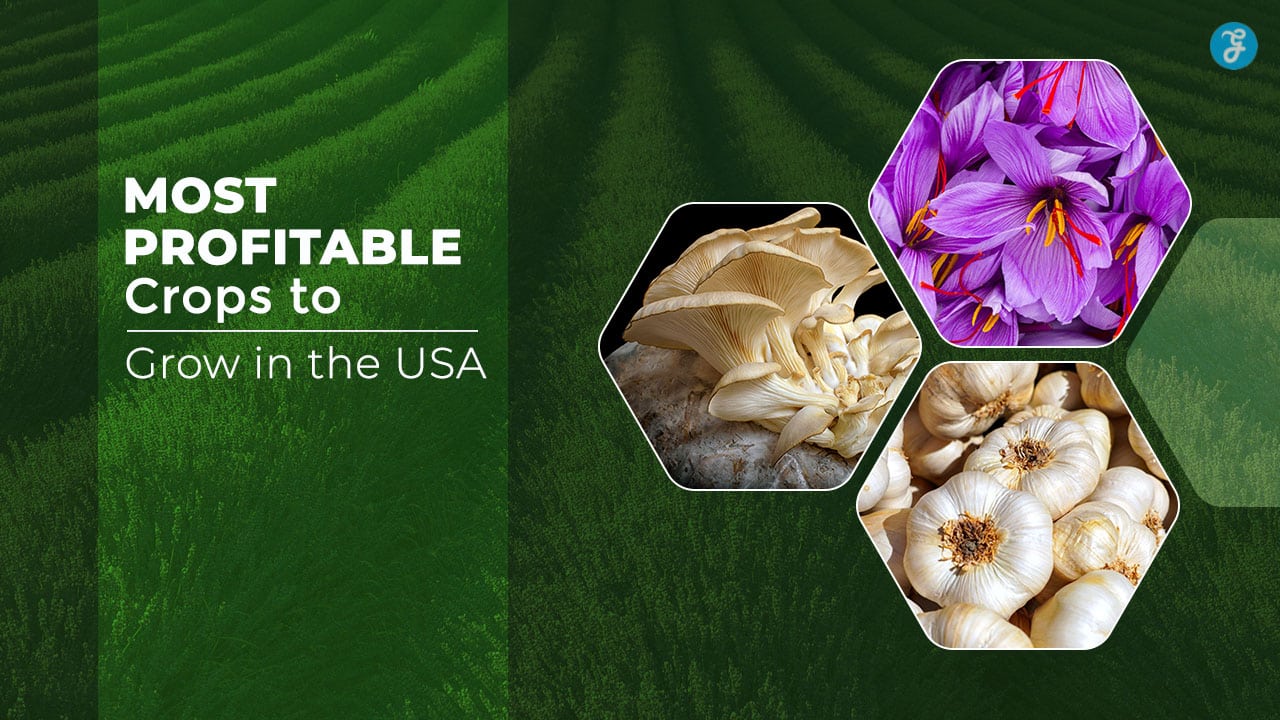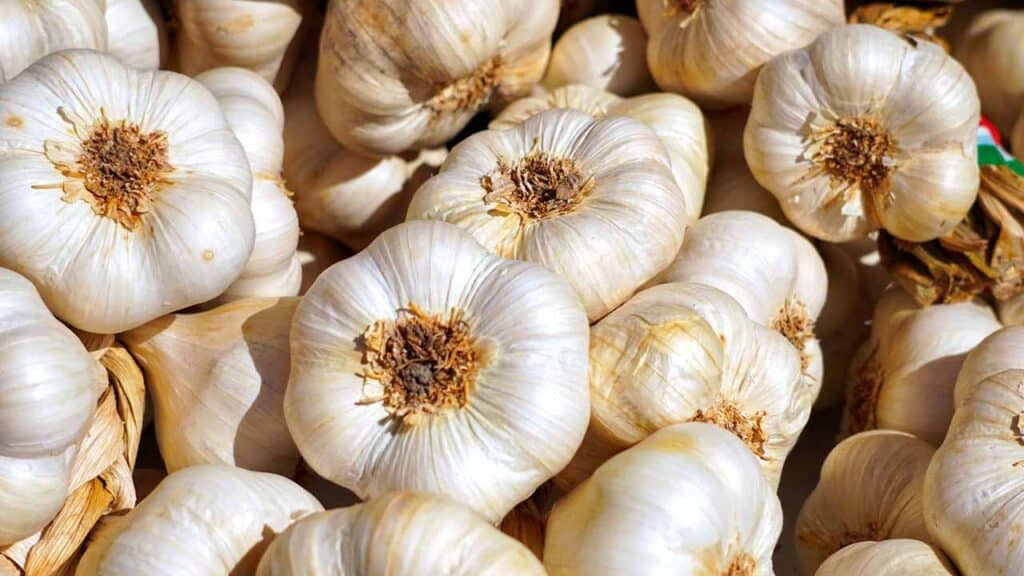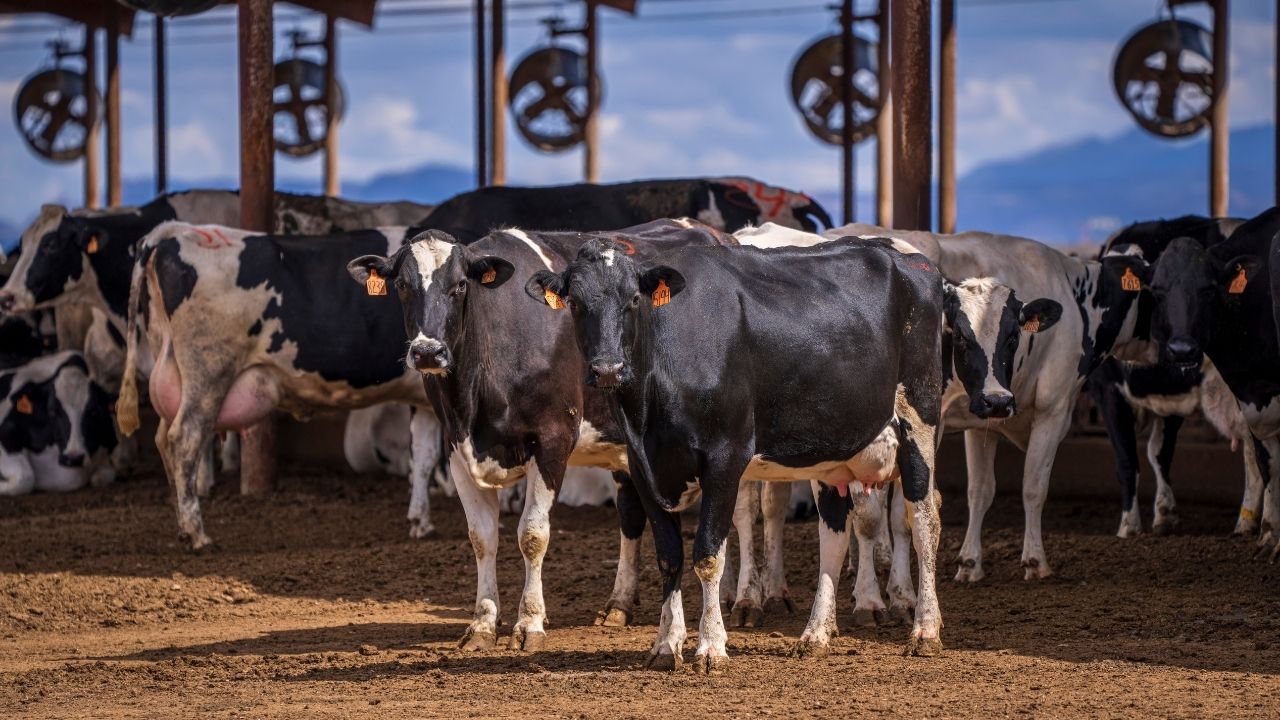The agriculture industry is one of the cornerstones of the American economy. With rising food demand and the push for sustainable farming practices, farmers are constantly looking for ways to increase their profits.
Choosing the right crops can make all the difference. Some crops not only bring high returns but also require less maintenance and are suited to small farms. Whether you are a beginner or an experienced farmer, knowing which crops are the most profitable can help you plan for success.
In this article, we’ll explore the 10 most profitable crops to grow in the USA, considering factors like profit per acre, demand, and ease of cultivation.
From niche crops like saffron to staple favorites like tomatoes, this guide will give you practical insights to make informed decisions.
Factors to Consider Before Choosing Profitable Crops
Before diving into the list of the most profitable crops, it’s important to understand the factors that affect crop profitability.
Here are a few key considerations:
- Climate and Soil Suitability: Not all crops grow well in every region. Consider the local climate, soil type, and weather conditions to choose crops that thrive in your area.
- Market Demand: Profitability depends on demand. Growing crops that are in high demand locally, nationally, or internationally ensures a good market.
- Initial Investment and Maintenance: Some crops require more upfront investment for seeds, irrigation, and fertilizers. Assess your budget to choose crops that fit your financial goals.
- Profit Margins: High-profit crops provide excellent returns compared to the cost of cultivation.
- Sustainability: Choose crops that are easy to grow, sustainable, and require less water or fertilizers to reduce environmental impact and costs.
Top 10 Most Profitable Crops to Grow in the USA
Below is the list of the 10 most profitable crops in the USA, including their growing requirements, potential returns, and market demand.
1. Mushrooms
Mushrooms are among the most profitable crops because they can be grown indoors, even in small spaces, making them ideal for urban and small-scale farmers. They require minimal setup costs and have a short growing cycle, which allows for multiple harvests in a year.
Mushrooms are highly sought after in gourmet cooking, grocery stores, and restaurants, particularly varieties like oyster, shiitake, and portobello, which fetch premium prices in niche markets.
| Details | Information |
| Profit Per Acre | $30,000+ |
| Growing Conditions | Indoor, controlled climate |
| Growing Difficulty | Low |
| Market Demand | High |
| Time to Harvest | 4-6 weeks |
- Why Mushrooms Are Profitable: Mushrooms like oyster and shiitake have high demand and fetch good prices in niche markets. With vertical farming, you can grow them in small areas.
- Key Tip: Start with a small indoor setup and gradually expand as you master cultivation techniques.
2. Lavender
Lavender is a versatile crop used for essential oils, beauty products, and aromatherapy. Its ability to thrive in poor soil and drought conditions makes it ideal for regions with limited water and low-quality farmland.
Lavender is also valued for its pleasant fragrance and therapeutic properties, which increase its demand in markets like natural health, cosmetics, and home decor.
With proper care and organic farming practices, lavender can produce a steady income for years, as it is a perennial crop.
| Details | Information |
| Profit Per Acre | $12,000+ |
| Growing Conditions | Warm, sunny, well-drained soil |
| Growing Difficulty | Medium |
| Market Demand | High |
| Time to Harvest | 1 year |
- Why Lavender Is Profitable: Lavender plants can produce essential oils, which are highly valued. Dried lavender flowers are also popular in decor and crafts.
- Key Tip: Focus on organic lavender farming to fetch premium prices.
3. Saffron
Saffron, often referred to as “Red Gold,” is the most expensive spice in the world due to its labor-intensive harvesting process and limited production areas.
It grows well in dry, sunny climates and requires little space, making it ideal for small farms looking to maximize profits.
A single pound of saffron can sell for thousands of dollars, driven by its use in culinary dishes, cosmetics, and medicinal products.
With careful planting and patience, saffron can deliver substantial financial rewards for dedicated farmers.
| Details | Information |
| Profit Per Acre | $25,000+ |
| Growing Conditions | Dry, sunny, well-drained soil |
| Growing Difficulty | High |
| Market Demand | Very High |
| Time to Harvest | 8-12 months |
- Why Saffron Is Profitable: Just a small area can produce a significant amount of saffron. It is used in cooking, cosmetics, and medicine.
- Key Tip: While labor-intensive, saffron is highly profitable for small farms due to its high value.
4. Garlic
Garlic is a popular crop for culinary and medicinal purposes, with a consistently high demand across households and restaurants. It requires minimal maintenance, making it suitable for beginner farmers, and grows well in various climates, from cool temperate zones to mild winters.
Garlic also stores well for long periods, which reduces post-harvest losses and allows farmers to sell it gradually at higher prices during off-seasons.
Varieties like softneck and hardneck garlic offer flexibility in cultivation based on climate and market preferences.
| Details | Information |
| Profit Per Acre | $10,000+ |
| Growing Conditions | Cool, temperate climate |
| Growing Difficulty | Low |
| Market Demand | High |
| Time to Harvest | 6-8 months |
- Why Garlic Is Profitable: Garlic can be stored for long periods, and its demand remains constant year-round.
- Key Tip: Consider growing organic garlic to sell at premium prices to health-conscious consumers.
5. Bamboo
Bamboo is a fast-growing crop with various uses, including construction, furniture, and eco-friendly products like biodegradable utensils and packaging materials. Its ability to regenerate quickly makes it one of the most sustainable and renewable resources available.
Bamboo is also gaining popularity in landscaping and as a raw material for the textile industry, particularly for eco-conscious consumers.
With rising environmental concerns, bamboo farming presents a unique opportunity for farmers to tap into green markets and generate high profits with minimal effort.
| Details | Information |
| Profit Per Acre | $10,000+ |
| Growing Conditions | Warm climate, well-drained soil |
| Growing Difficulty | Low |
| Market Demand | High |
| Time to Harvest | 3-5 years |
- Why Bamboo Is Profitable: Bamboo grows quickly and is highly sustainable. It is in demand for landscaping, flooring, and crafts.
- Key Tip: Grow bamboo varieties suited to construction or home decor for better profits.
6. Tomatoes
Tomatoes are a staple vegetable in every household and one of the most versatile crops for farmers.
They are easy to grow, have a steady market demand, and can be sold fresh, canned, or processed into products like sauces and ketchup. With the ability to produce multiple harvests in a single season, tomatoes provide consistent income for farmers.
Additionally, heirloom and cherry tomatoes are highly popular in farmers’ markets and organic stores, often fetching premium prices.
| Details | Information |
| Profit Per Acre | $15,000+ |
| Growing Conditions | Warm, sunny, fertile soil |
| Growing Difficulty | Low |
| Market Demand | High |
| Time to Harvest | 60-85 days |
- Why Tomatoes Are Profitable: Fresh tomatoes, heirloom varieties, and cherry tomatoes fetch good prices in farmers’ markets and grocery stores.
- Key Tip: Extend the growing season with greenhouses for higher yields.
7. Hemp
Hemp is a high-value crop used for CBD products, textiles, and paper production. With the legalization of industrial hemp in many states, it has quickly become a lucrative option for farmers. Hemp is incredibly versatile, as its seeds, stalks, and fibers can be used in a wide range of industries, including food, clothing, and biodegradable plastics.
The rising demand for CBD oil, in particular, has boosted its profitability, making it one of the most sought-after crops in the USA.
Farmers can benefit significantly from its fast growth cycle and multiple income streams.
| Details | Information |
| Profit Per Acre | $20,000+ |
| Growing Conditions | Warm climate, fertile soil |
| Growing Difficulty | Medium |
| Market Demand | Very High |
| Time to Harvest | 4-6 months |
- Why Hemp Is Profitable: With increasing demand for CBD products, hemp farming has become a lucrative venture.
- Key Tip: Ensure compliance with local regulations before starting hemp cultivation.
8. Ginseng
Ginseng is a valuable medicinal plant with high demand in the herbal supplement market, particularly in Asia and North America. Known for its ability to boost energy, reduce stress, and improve immunity, ginseng is widely used in traditional medicine and health products.
While it requires patience to cultivate, taking 3-5 years to mature, its roots can sell for premium prices.
Additionally, ginseng farming is a low-maintenance crop once established, making it highly profitable for dedicated growers.
| Details | Information |
| Profit Per Acre | $30,000+ |
| Growing Conditions | Shaded, cool climate |
| Growing Difficulty | High |
| Market Demand | Very High |
| Time to Harvest | 3-5 years |
- Why Ginseng Is Profitable: Ginseng roots are sold at premium prices for their health benefits.
- Key Tip: Ginseng takes time to grow, but the long-term profits are worth the wait.
9. Microgreens
Microgreens are quick-growing, nutrient-dense plants popular in restaurants, farmers’ markets, and health stores.
These young vegetable greens are harvested just a few weeks after germination, making them an excellent crop for quick returns. Microgreens like arugula, radish, and pea shoots are not only in high demand among chefs for garnishing dishes but are also favored by health-conscious consumers for their nutritional benefits.
With their small space requirements and short growth cycle, microgreens are perfect for urban farmers and those starting with limited land or resources.
| Details | Information |
| Profit Per Acre | $30,000+ |
| Growing Conditions | Indoor, controlled |
| Growing Difficulty | Low |
| Market Demand | High |
| Time to Harvest | 2-4 weeks |
- Why Microgreens Are Profitable: Microgreens can be harvested within weeks and sold at high prices to chefs and health-conscious consumers.
- Key Tip: Grow popular varieties like arugula, radish, and kale for steady demand.
10. Almonds
Almonds are a high-value crop with strong domestic and international demand, especially in the United States, where California produces over 80% of the world’s supply.
Almonds are popular for their versatility, being used in snacks, baking, almond milk, and oils, which keeps their demand consistently high. Almond trees are also drought-tolerant, making them suitable for arid regions, although they require careful water management.
While it takes 3-4 years for an almond orchard to start producing, the long-term yield and steady market make it a rewarding investment for farmers.
| Details | Information |
| Profit Per Acre | $10,000+ |
| Growing Conditions | Warm, dry climate |
| Growing Difficulty | Medium |
| Market Demand | High |
| Time to Harvest | 3-4 years |
- Why Almonds Are Profitable: Almonds have versatile uses, including snacks, oils, and almond milk.
- Key Tip: Almond orchards require patience but yield consistent profits in the long term.
Tips to Maximize Profit from Growing Crops
- Diversify Crops: Grow multiple crops to spread risks and ensure year-round income.
- Sustainable Farming: Use organic fertilizers, smart irrigation, and pest control methods to reduce costs.
- Leverage Technology: Invest in tools like drip irrigation systems, greenhouse farming, and vertical farming.
- Market Strategically: Sell directly to local markets, farmers’ markets, or online for better profits.
- Focus on Niche Crops: High-value, niche crops like saffron and microgreens are ideal for small farms.
Takeaways
Farming can be a profitable venture when you choose the right crops. The crops listed here, from mushrooms to almonds, offer excellent returns with proper planning and effort.
Whether you have a large farm or just a small piece of land, there are opportunities to maximize your profits by focusing on crops that are in demand, sustainable, and high-yielding.
Start small, research local markets, and adopt sustainable practices to ensure long-term success in farming.
By choosing profitable crops, you can turn your farming venture into a thriving business.








































